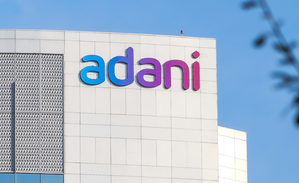
Ahmedabad — The Adani Group on Tuesday announced its entry into the Battery Energy Storage Systems (BESS) sector with a landmark 1,126 MW / 3,530 MWh project, set to be commissioned by March 2026.
The project, involving the installation of over 700 BESS containers, will be India’s largest and among the world’s largest single-location battery energy storage deployments.
With a power capacity of 1,126 MW and energy storage of 3,530 MWh, the system will be capable of extending power output at full capacity for three hours.
“Energy storage is the cornerstone of a renewable-powered future. With this historic project, we are not only setting global benchmarks but also reinforcing our commitment to India’s energy independence and sustainability,” said Gautam Adani, Chairman of the Adani Group.
“This initiative will enable us to deliver reliable, clean, and affordable energy solutions at scale,” he added.
With this strategic move, the Adani Group joins the ranks of global energy leaders investing in large-scale storage infrastructure — marking a transformative step in India’s clean energy transition.
According to the company, the initiative represents a major milestone for India’s energy security, enabling round-the-clock renewable power and accelerating the nation’s shift toward a low-carbon economy.
The large-scale BESS installation will help reduce peak load pressures, ease transmission congestion, and minimize solar curtailment, thereby enhancing grid stability, reliability, and efficiency.
Located at Khavda, home to the world’s largest renewable energy plant, the project is being developed using advanced lithium-ion battery technology integrated with next-generation energy management systems to ensure optimal performance and dependability.
The system will play a pivotal role in peak load management and energy shifting, significantly contributing to decarbonizing India’s power sector.
Looking ahead, the Adani Group plans to deploy an additional 15 GWh of BESS capacity by March 2027, with a long-term target of 50 GWh over the next five years.
With inputs from IANS